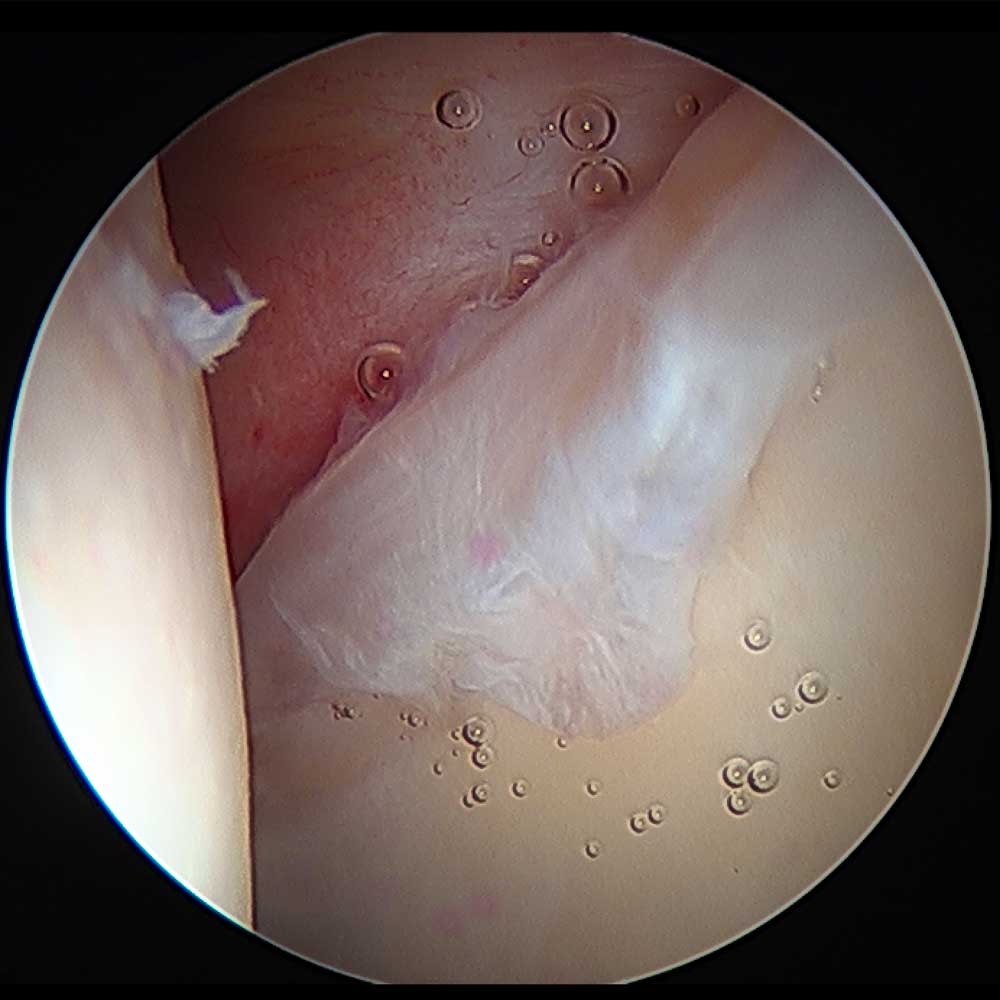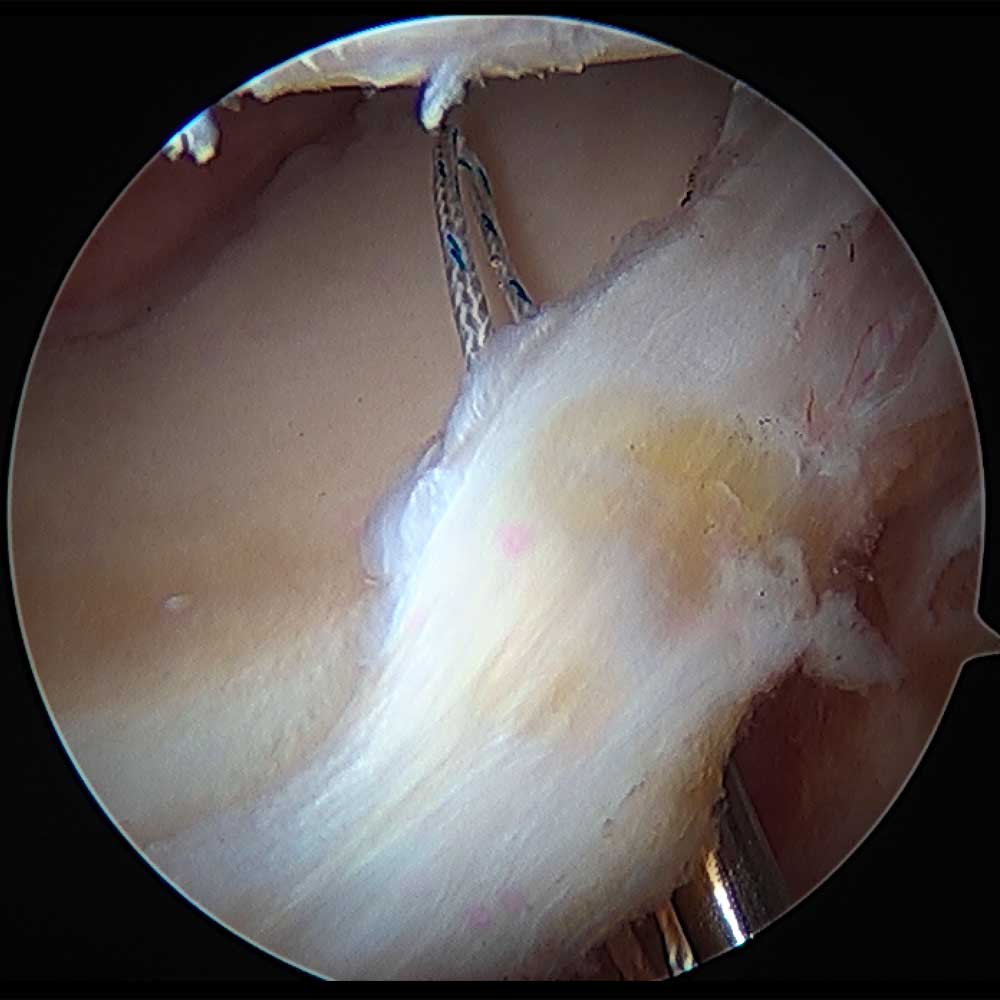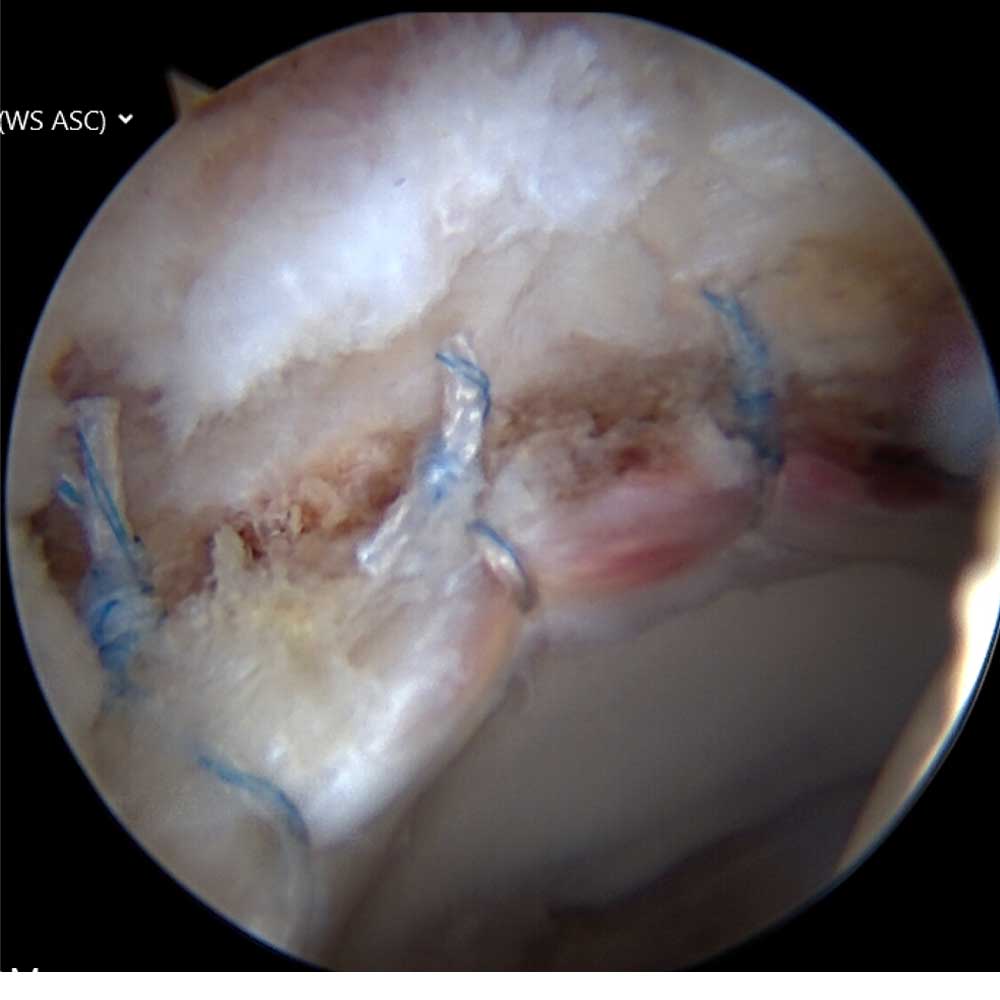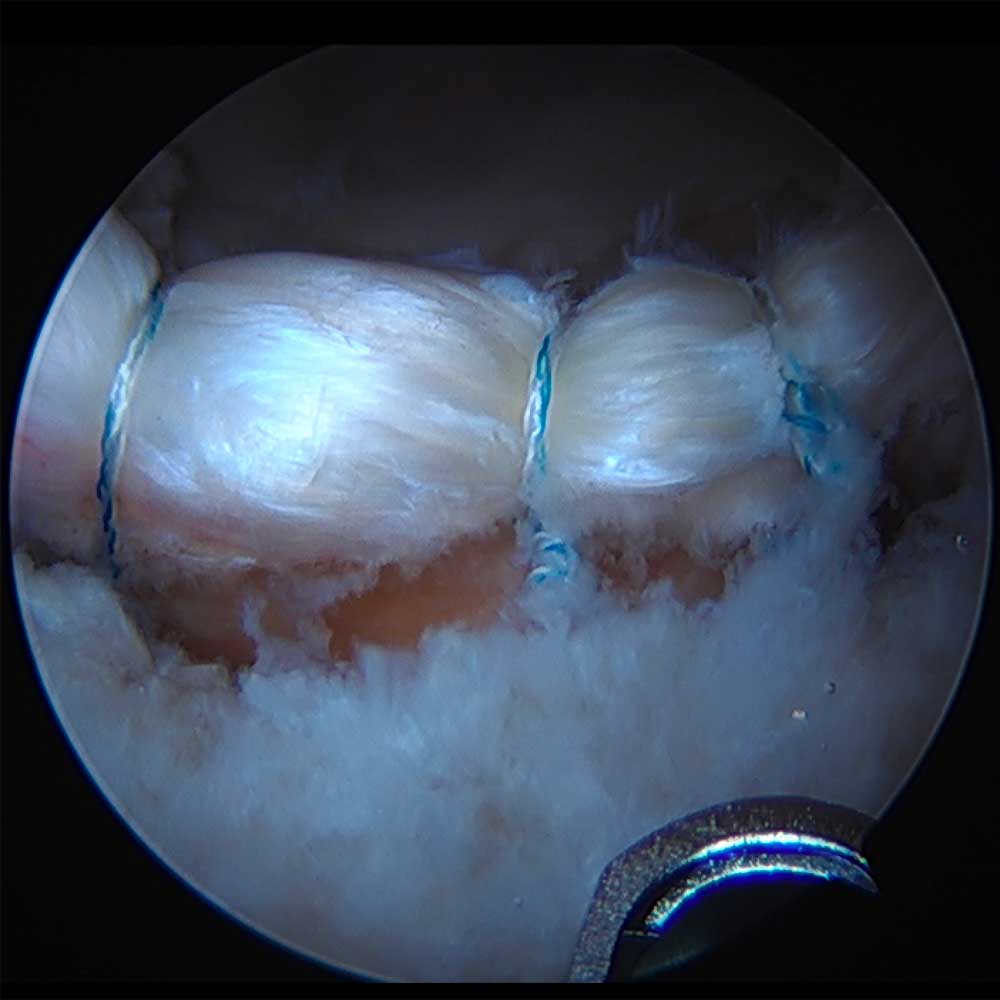Hip Labrum Specialist

Are you an athlete who participates in contact sports or in activities that require repetitive movements of the hip? Have you had a hip dislocation or traumatic injury? If so, hip labral tear specialist, Dr. Benedict Nwachukwu can help. For patients Manhattan, Brooklyn and New York City, NY he provides diagnosis and both surgical and nonsurgical treatment options to repair a torn or frayed labrum. Contact Dr. Nwachukwu’s team today!
What is a hip labrum?
The hip joint fits together with the help of the hip labrum and is often compared to a golf ball and golf tee. In this ball and socket joint, the head of the femur fits securely into the socket of the hip, similar to how a golf ball sits on a tee. The rim of the tee, holds the ball in place. Within the hip, the hip labrum holds the ball of the femur in place. The hip labrum itself is made of soft fibrocartilage and provides a protective rim of tissue which allows for stability, cushioning, and a full range of motion of the hip joint. The hip labrum also deepens the socket, acting as a gasket, or rubber seal, which holds the ball of the femur securely in place.
What is a hip labrum tear or frayed labrum?
A hip labrum tear involves the ring of cartilage that lines the outside rim of the hip socket. When this cartilage becomes torn or damaged, known as a hip labral tear, arthroscopic hip labrum surgery may be necessary to return patients to their active, pain-free lifestyle. Dr. Benedict Nwachukwu, orthopedic hip surgeon, is highly trained and experienced at treating hip labral tears for patients in Manhattan, New York City and the surrounding New York boroughs.

What causes a hip labrum to fray or tear?
A hip labral tear or fraying can occur from repetitive pivoting or twisting motions, such as in golf, hockey, soccer, ballet and football. Excessive wear-and-tear to the hip labrum caused by abnormalities in the hip joint can also lead to a hip labrum tear.
Is a hip labrum tear different from a frayed hip labrum?
Hip labrum fraying can occur as a result of ongoing hip impingement and is a type of tear that is not as severe as a displaced labral tear. Although a fraying hip labrum is milder on the spectrum of labral tears, it can still be a significant source of pain and cause the same symptoms as a hip labrum tear.
What are the symptoms of a frayed labrum or a hip labral tear?
Many hip labrum tears or frayed labrums do not cause any symptoms. On occasion however, patients experiencing a hip labral tear report the following symptoms:
- Pain in the hip or groin
- Locking or catching sensation in the hip joint
- Clicking or popping in the joint with movement
- Decreased or limited range of motion in the joint
- Stiffness
How is a hip labrum tear diagnosed?
Dr. Nwachukwu will assess the hip joint by conducting a physical examination, as well as obtaining an x-ray or an MRI to examine the inside of the hip joint in detail. Initial treatment is typically conservative and may include pain relievers, physical therapy, activity modification and hip joint injection. If these measures fail to resolve symptoms over a specified period of time, Dr. Nwachukwu will treat the tear using an arthroscopic surgical approach.
Are there exercises to help strengthen a frayed labrum and avoid surgery?
Dr. Nwachukwu has a series of hip mobility and strengthening exercises to help patients avoid surgery for a frayed labrum. These exercises also help alleviate the symptoms of a frayed labrum. This series of videos can be found here: Hip Exercise Videos.
What is arthroscopic surgery for a hip labrum tear?
Arthroscopic hip surgery to repair a torn hip labrum is the gold standard of care and the best choice among top surgeons like Dr. Nwachukwu. Arthroscopic repair is done inside the joint through small incisions, using a small camera called an arthroscope. Small surgical instruments are also inserted to allow Dr. Nwachukwu to repair the hip labrum. Depending on the amount of damage, Dr. Nwachukwu may use a surgical technique called hip labral debridement. During this procedure, hip labral debridement is achieved by trimming back the areas where the hip labral tear occurred, cleaning up jagged cartilage, and creating a smooth surface. In cases where extensive injury has occurred and the hip labrum is repairable, Dr. Nwachukwu will perform a hip labral repair in addition to the debridement.
What is a hip labrum repair?
The goal of a hip labrum repair is to reattach the torn hip labrum to the acetabulum (the bowl-shaped socket in the pelvis). During this procedure, Dr. Nwachukwu will use small anchors and strong sutures to secure the hip labrum firmly into its correct anatomical position within the joint socket. This type of repair restores the seal around the hip joint, reduces pain and improves joint function.
If the patient is also suffering from a condition called hip impingement syndrome, Dr. Nwachukwu will check for any bone abnormalities and will correct them during surgery using a special tool to reshape the surface of the bone.

First Suture of Hip Labrum Repair

Torn Hip Labrum Repair – 1st View

Completed Repair of Torn Hip Labrum
What is hip labrum reconstruction?
Some hip labral tears are large and complex in nature and may not be amenable to repair or debridement. Patients in New York who have a hip labrum that is severely damaged or degenerated and cannot be repaired may require a labral reconstruction. During this specialized procedure, Dr. Nwachukwu uses a graft either from the patient (called an autograft) or from a donor cadaver (called an allograft). The hip labrum is rebuilt with the goal of restoring the functional anatomy of the original hip labrum. This will restore the normal function of the hip while preventing further damage to the articular cartilage of the hip.
How long is the recovery after hip labrum repair or reconstruction?
Recovery time following a hip labrum repair or reconstruction will depend primarily on the complexity of the surgery. A hip labrum reconstruction may take longer to heal than a debridement or a repair. Following arthroscopic surgery, Dr. Nwachukwu will give his patient a detailed rehabilitation protocol and the patient will partner with a skilled physical therapist to regain normal hip function and strength. Generally, most athletes who undergo a hip labrum repair are able to return to sport within 6-8 months.
For more information on the treatments available for a torn hip labrum and on arthroscopic hip labrum repair and reconstruction, please contact the office of Benedict Nwachukwu, MD, orthopedic hip surgeon serving Manhattan, New York City and surrounding New York boroughs.





